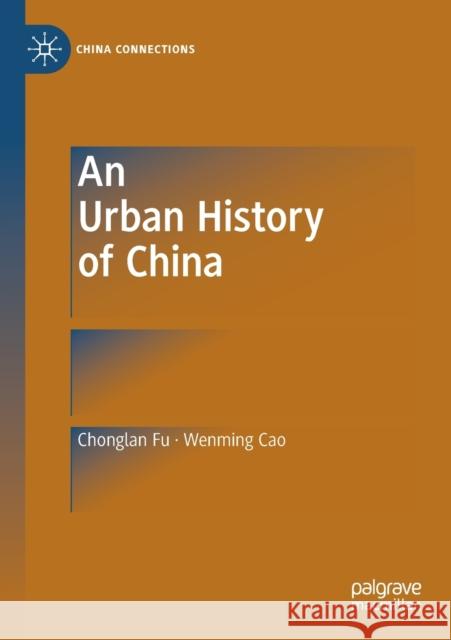An Urban History of China » książka
topmenu
An Urban History of China
ISBN-13: 9789811382130 / Angielski / Miękka / 2020 / 317 str.
An Urban History of China
ISBN-13: 9789811382130 / Angielski / Miękka / 2020 / 317 str.
cena 242,07
(netto: 230,54 VAT: 5%)
Najniższa cena z 30 dni: 231,29
(netto: 230,54 VAT: 5%)
Najniższa cena z 30 dni: 231,29
Termin realizacji zamówienia:
ok. 22 dni roboczych.
ok. 22 dni roboczych.
Darmowa dostawa!
Kategorie BISAC:
Wydawca:
Palgrave MacMillan
Seria wydawnicza:
Język:
Angielski
ISBN-13:
9789811382130
Rok wydania:
2020
Wydanie:
2019
Numer serii:
000843040
Ilość stron:
317
Waga:
0.42 kg
Wymiary:
21.01 x 14.81 x 1.85
Oprawa:
Miękka
Wolumenów:
01
Dodatkowe informacje:
Wydanie ilustrowane











